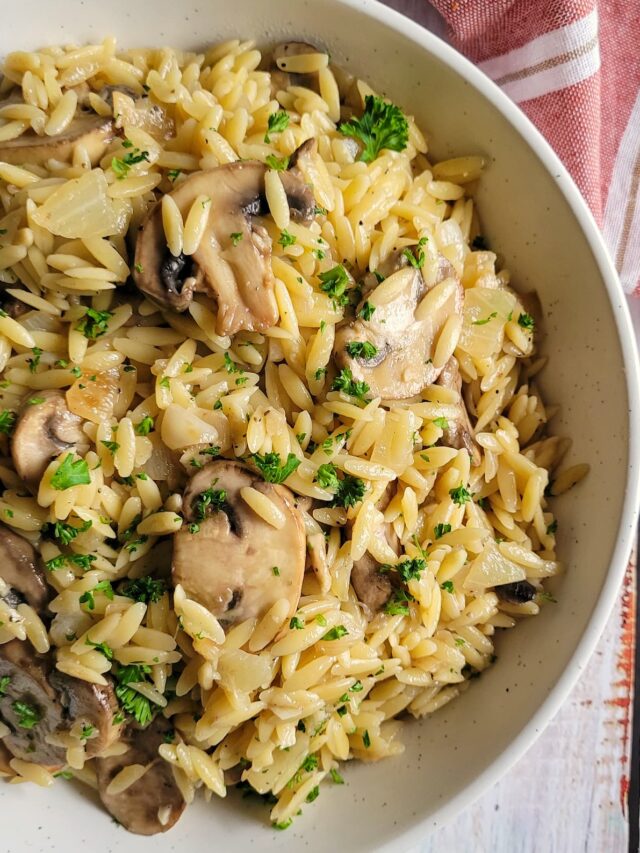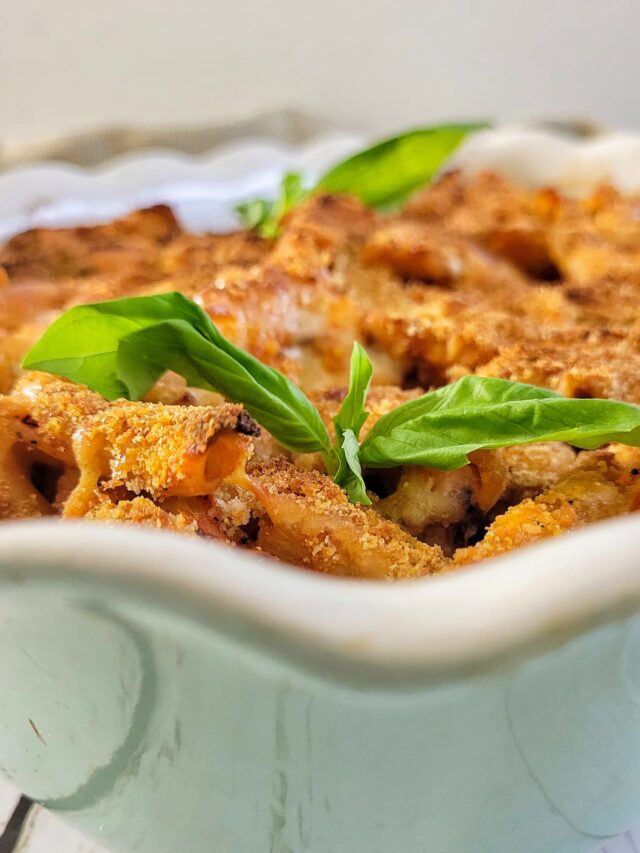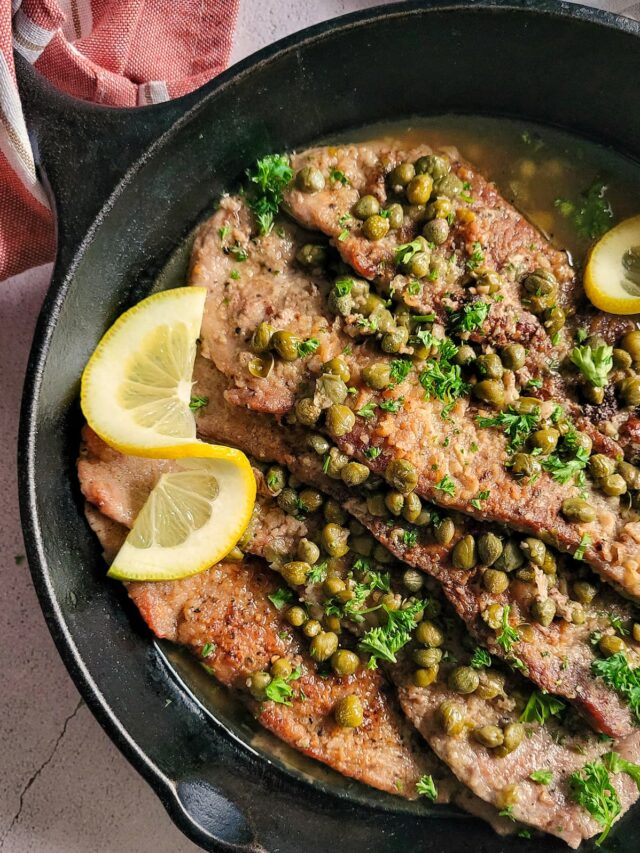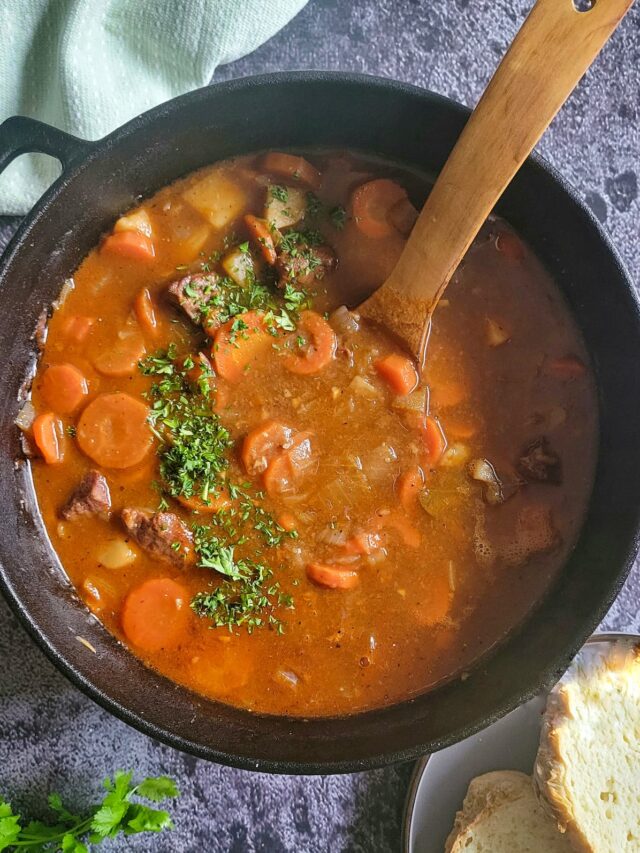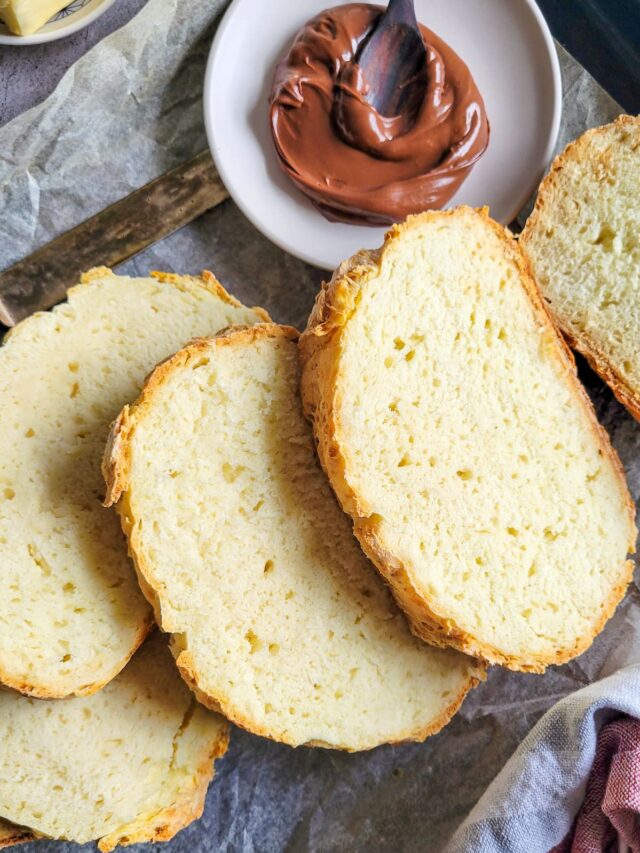Hearty and delicious, this Beef Stew Recipe from Ireland is a classic for a reason! Loaded with
tender chunks of beef, wholesome vegetables and a rich, flavourful broth featuring Guinness beer, it really is the epitome of comfort food.
Here’s a fun fact that you may not yet already know about me: I love to travel! I know that’s a pretty vague statement since everyone I know and their mother always says something similar. But for reeeeealz, yo. I really do love to travel and I try my hardest to do it as much and as often as I can. And ALMOST hit my 30 under 30 before the world shut down due to Covid-19. I have worked in hostels all over South America. I’ve woken up to the prettiest view of Mount Fuji. I have shopped for carpets and rugs in Turkey. I’ve eaten the best street tacos in Mexico city, swam in 10 foot waves in Africa and got a huge leg tattoo in the Peruvian jungle.
If it were up to me, I would travel full time forever and ever because I truly believe that there is so much more to the world than what the average person will ever see. And, if I’m being honest, I’ve never really considered myself just an average person.

However, with that being said and with all of the travelling that I’ve done in my (near) 33 years of living, I have yet to make it to Ireland! I know, right?! As a lover of good times and guinness beer, I wonder how I’ve let it slip through the cracks all of these years. It’s a place I could absolutely see myself exploring in the near future and it’s been on the list for quite some time now. I guess, in the meantime, the only way to explore it is to bring Ireland to me. Am I right? And with St. Patrick’s Day right around the corner, what better time is there than now?!
Whether enjoyed on a chilly evening or as a satisfying meal any day of the week, this Irish Beef Stew with Guinness is a favourite in Irish kitchens and beyond. It’s hearty enough to be a main meal, yet versatile enough to be served at gatherings or potlucks. Just don’t forget the Irish Soda Bread for soaking up that deliciously rich broth!
INGREDIENTS FOR GUINNESS BEEF STEW FROM IRELAND

These ingredients work together to create a hearty and flavourful Irish beef stew that is perfect for warming up on a cold day. Let’s discuss each one in a little bit more detail down below:
- Beef Chuck: This cut of beef is commonly used for stews because it becomes tender and flavourful when cooked slowly. It has a good balance of meat and fat, which adds richness to the stew.
- Carrots: Sweet and earthy, carrots add sweetness and colour to the stew. They also provide texture and nutrients.
- Onions: Provide a sweet and savoury base flavour to the stew. They become soft and caramelized when cooked, adding depth to the dish. White or yellow onions work best in this recipe.
- Garlic: Adds a pungent, aromatic flavour to the stew. Garlic complements the other ingredients and enhances the overall taste. Fresh minced garlic works best in this recipe. However, if all you have on hand is garlic powder, use 1 teaspoon instead of the 4 fresh cloves.
- Potatoes: Add heartiness and substance to the stew. They absorb the flavours of the broth and become tender during cooking, making them a comforting addition to this beef stew recipe from Ireland.
- Beef Broth: Provides the liquid base for the stew and adds richness and depth of flavour. You can use store-bought or homemade beef broth for this beef stew recipe from Ireland.
- Guinness Beer: The beer of Ireland! Guinness is a dark and robust beer that adds a complex flavour to the stew. It imparts a slightly bitter, malty taste that pairs well with the beef and other ingredients. However, you can use a different kind of dark beer instead, if you prefer. RECIPE NOTE: If you prefer not to use alcohol, you can substitute with additional beef broth or a non-alcoholic beer similar to guinness.
- Tomato Paste: Adds umami depth and richness to the stew. It enhances the overall flavour profile and helps to thicken the broth slightly.
- Worcestershire Sauce: Adds depth and complexity to the stew. It contains a blend of savoury, sweet, and tangy flavours that complement the other ingredients.
- Dried Thyme: Adds a subtle earthy and floral flavour to the stew. It pairs well with the beef and other hearty ingredients.
- Bay Leaves: Add a subtle herbal flavour and aroma to the stew. You typically add them whole and remove them just before serving.
- All Purpose Flour: Used to coat the beef pieces before browning. It helps to create a nice crust on the beef and also acts as a thickening agent for the stew.
- Oil: Used for browning the beef and sautéing the onions and garlic. It adds flavour and helps to distribute heat evenly. I used extra virgin olive oil for this recipe. However, you can use a different oil (such as avocado) instead, if you prefer.
- Salt and Pepper: Essential seasonings used to enhance the flavour of the stew.
- Parsley: Optional garnish that adds a fresh, herbaceous flavour and vibrant green colour to the finished dish. It adds a pop of freshness and visual appeal to the stew. Therefore, fresh chopped parsley works best in this beef stew from Ireland recipe.

HOW TO MAKE IRISH STEW WITH BEEF AND GUINNESS (KEY TIPS)

You can find full instructions for how to make this hearty recipe for Irish Beef Stew in the recipe card down below. But here are a few quick tips to keep in mind:
- Choose the right cut of beef. Opt for beef chuck or another tough, marbled cut of beef. These cuts are ideal for slow cooking as they become tender and flavourful when slow cooked or braised.
- Brown the beef. Take the time to properly brown the beef in batches before adding it to the stew. This step adds depth of flavour to the dish by caramelizing the meat and creating a rich crust.
- Sauté the aromatics. Cooking the onions and garlic until softened and fragrant before adding the other ingredients helps to develop their flavours and create a flavourful base for this beef stew recipe from Ireland.
- Cut the veggies (i.e. potatoes and carrots) the same size. This ensures even cooking in the same amount of time. EXTRA TIP: Don’t go too small when it comes to the veggies. You want to see and taste each ingredient in the stew as well as prevent them from breaking down too quickly in the 3 hours the stew has to cook.
- Deglaze the pot. After browning the beef and sautéing the aromatics, deglaze the pot with a splash of beef broth or Guinness stout. This helps to loosen any browned bits stuck to the bottom of the pot, adding extra flavour to the stew.
- Simmer low and slow. Allow the stew to simmer gently over low heat for a few hours. This allows the flavours to meld together and the beef to become tender. This slow cooking process results in a flavourful and tender stew. EXTRA TIP: Give the stew a few stirs during the cooking time. This ensures all of the flavours are well combined and develop nicely.
- Adjust seasonings. Taste your beef stew before serving. Adjust the seasoning as needed with salt, pepper or additional herbs and spices to suit your taste preferences.
- Let it rest. Allow the stew to rest for a few minutes before serving. This allows the flavours to further develop and the stew to thicken slightly.
- Garnish with fresh herbs. Sprinkle chopped fresh parsley over the stew just before serving for a pop of colour and freshness.


FREQUENTLY ASKED QUESTIONS
The main difference between beef stew and Irish stew lies in their origins, ingredients and traditional cooking methods. Beef stew, a classic dish found in many cuisines around the world, typically consists of tender chunks of beef cooked with vegetables such as carrots, potatoes, celery and onions in a flavourful broth or sauce. While beef stew can vary in its seasonings and ingredients depending on regional preferences, it often includes herbs like thyme and bay leaves for added flavour.
Irish stew, on the other hand, is a traditional dish that originated in Ireland and holds a special place in Irish cuisine. The simplicity of the ingredients reflects its historical roots as a dish commonly prepared by Irish peasants with readily available ingredients. Unlike beef stew, Irish stew often relies on the natural flavours of the meat and vegetables without the addition of strong seasonings or spices.
Another key distinction between the two stews is the cooking method. While beef stew is commonly cooked on the stovetop or in a slow cooker, Irish stew is traditionally cooked in a large pot or Dutch oven over an open fire or on a stove. The slow, gentle simmering of the stew allows the flavours to meld together and the meat to become tender, resulting in a hearty and comforting dish that generations of Irish families have been enjoying for years.
In summary, while both beef stew and Irish stew share similarities in their concept of slow-cooked meat and vegetables in a savoury broth, the key differences lie in their specific ingredients, cultural origins and traditional cooking methods.
Irish beef stew is a hearty and comforting dish that features a blend of simple yet flavourful ingredients. The key components of Irish beef stew typically include tender chunks of beef, such as beef chuck. These are browned to develop rich flavours before being simmered in a savoury broth. Alongside the beef, the stew often contains an array of vegetables, such as potatoes, onions, carrots, and sometimes celery, adding texture and depth to the dish. The broth is typically made using beef broth or stock, which is infused with the natural flavours of the meat and vegetables as it simmers slowly.
Additionally, Irish beef stew may include seasonings like salt, pepper, and herbs such as thyme and bay leaves, enhancing the overall taste of the dish. The simplicity of the ingredients combined with the slow-cooking method results in a comforting and nourishing stew that is a beloved staple in Irish cuisine.
Traditional Irish stew is simply called “Irish stew.” It is a classic dish deeply rooted in Irish culinary tradition and has been enjoyed for generations as a hearty and comforting meal. The term “Irish stew” refers to the specific preparation of this dish, which typically includes lamb, mutton or beef as the main protein along with potatoes, onions and sometimes carrots. The simplicity and wholesome nature of the ingredients reflect the historical origins of the dish, which was commonly prepared by rural communities using readily available ingredients. Today, Irish stew remains a beloved and iconic dish in Irish cuisine, celebrated for its rich flavours and cultural significance.
A traditional beef stew recipe from Ireland is typically more on the broth-like side rather than thick. The cooking method involves simmering the ingredients together in a pot or Dutch oven. This allows the flavours to meld and the meat to become tender. The broth is often flavourful, thanks to the natural juices of the meat and the addition of herbs and vegetables, but it’s not usually thickened with flour or other thickeners. Instead, the potatoes in the stew may release starch as they cook, contributing to a slightly thicker consistency, but it’s generally not as thick as some other stew varieties. The focus of Irish stew is on the simplicity of the ingredients and the hearty, comforting flavour rather than a thickened sauce.
If your beef and Guinness stew tastes bitter, there are a few possible reasons for this undesirable flavour. One potential cause could be overcooking the stew, especially if you simmer it for too long or at too high a temperature. This prolonged cooking time can cause the flavours to become concentrated, resulting in bitterness. Another possibility is that the dark beer, such as Guinness, used in the stew may impart a slightly bitter taste, especially if too much is added or if it’s reduced excessively during cooking.
Additionally, if the stew contains burnt bits or charred pieces from browning the beef or onions, this could contribute to a bitter flavour. To remedy the bitterness, you can try balancing it out with a bit of sweetness, such as adding a small amount of sugar or honey, or by diluting the stew with additional broth or water to mellow out the flavours. Adjusting the seasoning with salt and pepper can also help to balance the flavours and reduce the bitterness.


BEEF STEW RECIPE (IRELAND)
Hearty and delicious, this Beef Stew Recipe from Ireland is a classic for a reason! Loaded with tender chunks of beef, healthy vegetables and a rich, flavourful broth featuring Guinness beer, it really is the epitome of comfort food.
Ingredients
- 2 lbs (about 1 kg) Beef Chuck, cut into 1-inch pieces
- 2 tbsp Extra Virgin Olive Oil
- 2 tbsp All Purpose Flour
- Salt and Pepper, to taste
- 2 large Onions, chopped
- 4 Cloves Garlic, minced
- 4 large Carrots, sliced
- 4 large Potatoes, peeled and diced
- 3 cups Beef Broth
- 1 (440ml) can Guinness Stout (or any dark beer)
- 2 tbsp Tomato Paste
- 2 tsp Worcestershire Sauce
- 1 tsp Dried Thyme
- 2 Bay Leaves
- Fresh Chopped Parsley, optional, for garnish
Instructions
- In a large bowl, toss the beef pieces with flour, salt and black pepper until evenly coated.

- Heat olive oil in a large pot over medium-high heat. Brown the beef pieces in batches until they are nicely seared on all sides. Remove the beef from the pot and set aside.


- In the same pot, add chopped onions and minced garlic. Cook until softened and fragrant, about 5 minutes.

- Return the beef to the pot and add sliced carrots, diced potatoes, beef broth, Guinness stout, tomato paste, Worcestershire sauce, dried thyme and bay leaves. Stir to combine.

- Bring the stew to a boil, then reduce the heat to low. Cover and simmer for 2-3 hours, stirring occasionally, until the beef is tender and the flavours have melded together. Taste and adjust seasoning with salt and pepper if needed.

- Serve hot, garnished with chopped fresh parsley if desired.

Notes
I love serving this Irish Beef Stew up with homemade Irish Soda Bread! Click HERE for the recipe.
Nutrition Information:
Yield: 4 Serving Size: 1Amount Per Serving: Calories: 554Total Fat: 11gSaturated Fat: 2gTrans Fat: 0gUnsaturated Fat: 8gCholesterol: 42mgSodium: 869mgCarbohydrates: 82gFiber: 10gSugar: 10gProtein: 26g
Nutrition is only an estimate and calculated using Nutritionix.
MORE DELICIOUS IRISH RECIPES





